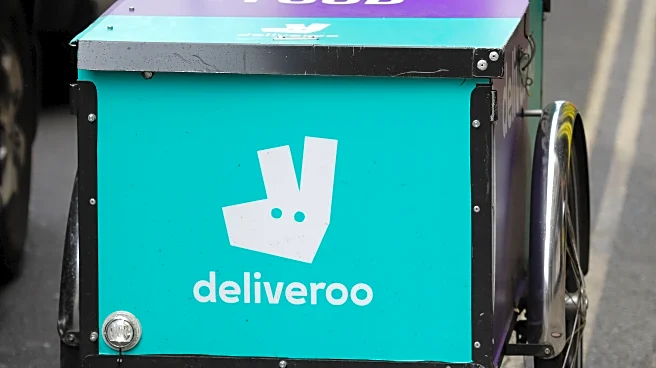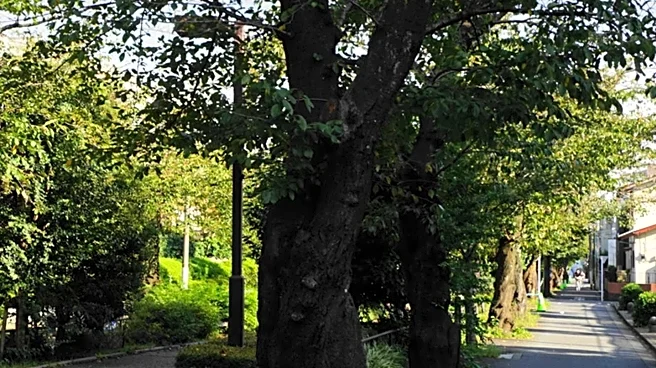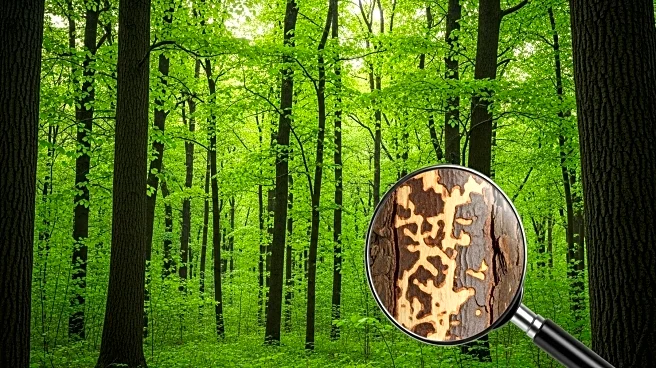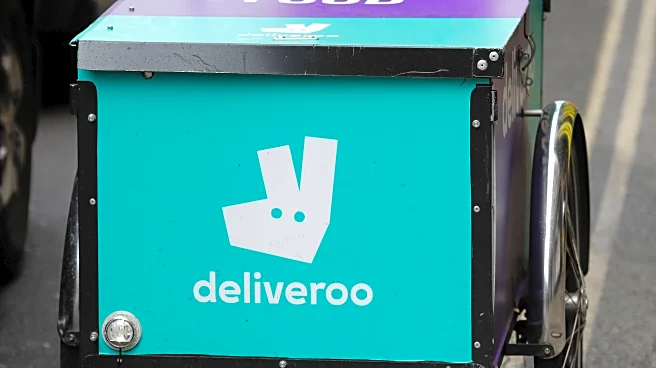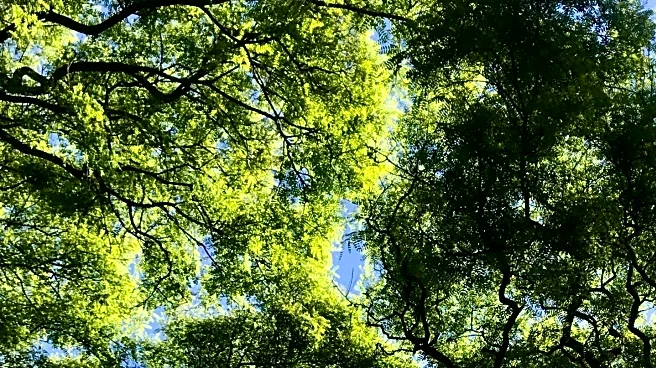What's Happening?
Recent analysis has revealed that the UK is the fifth-worst country in Europe for loss of green space to development. Between 2018 and 2023, the UK lost nature and farmland equivalent to 604 square kilometers, including 12 square kilometers of protected national landscapes. This loss is equivalent to 1,680 football pitches worth of natural land. The investigation, conducted by the Guardian and European partners, used satellite imagery and machine learning to assess changes in land use. The findings highlight the tension between environmental conservation and economic development, as large-scale projects like the HS2 train line and housing developments encroach on areas of outstanding natural beauty.
Why It's Important?
The loss of green space in the UK has significant implications for biodiversity, climate change mitigation, and the quality of life for residents. As natural areas are converted to urban and industrial use, the ecological balance is disrupted, affecting wildlife habitats and ecosystem services. The findings underscore the need for sustainable development practices that prioritize environmental conservation alongside economic growth. The UK's position near the top of the list for green space loss raises concerns about the country's commitment to environmental protection and its ability to meet international conservation targets.
What's Next?
The UK government faces pressure to address the loss of green space and implement policies that balance development with environmental conservation. The upcoming planning bill, which threatens protected areas, will be a critical test of the government's commitment to sustainable development. Environmental groups like the CPRE are likely to continue advocating for the protection of natural landscapes and the use of brownfield sites for new housing. The government's ability to navigate these challenges will have long-term implications for the country's environmental health and its role in global conservation efforts.
Beyond the Headlines
The loss of green space in the UK raises broader questions about land use planning and the value placed on natural landscapes. It also highlights the potential for innovative solutions, such as the use of brownfield sites for development, to address housing needs without compromising environmental integrity. As the UK grapples with these issues, there may be increased public discourse on the importance of preserving natural beauty and the role of government in safeguarding environmental heritage.



